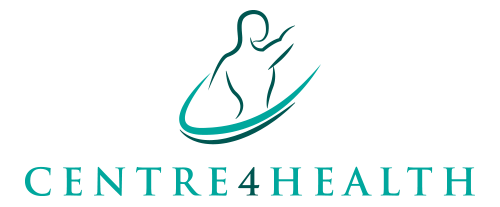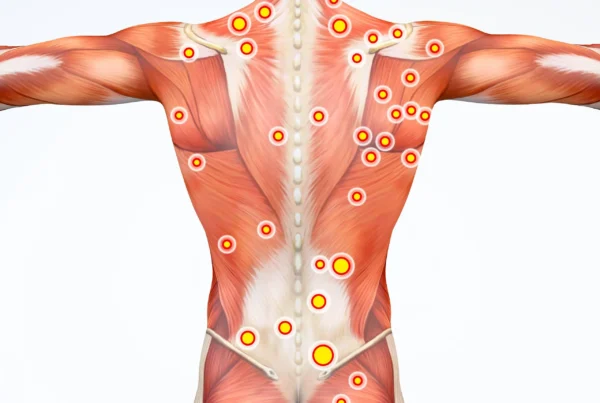By Joshua Balbin
Over the years, I’ve had the privilege of introducing Feldenkrais to a wide range of people. Generally, I’ve found that maybe 15% of people have heard of the word ‘Feldenkrais’ and maybe 5% have a rough idea of what it actually is. Once I’ve given my little spiel about what the method is about, inevitably people ask, well, who is Feldenkrais for? How do I know it’s for me?
Part of the problem of trying to answer this question is that the Feldenkrais Method can be hard to define. Even practitioners struggle at times to explain what exactly it is, so what chance does the average person have of truly understanding it?
There are some aspects that are very clear and easy to explain. For example, there are two forms of Feldenkrais – hands on treatment (known as Functional Integration) and group classes (known as Awareness Through Movement). Even though that may sound like 2 very different things, it’s all being taught from the same set of guiding principles.
What are the principles of the Feldenkrais Method?
To understand the principles of Feldenkrais, we must first understand what Moshe Feldenkrais (inventor and founder of the method) saw as being the elements of a well-functioning movement. They are:

- Good posture is the ability to move in any direction without hesitation or preparation
- Clear Skeletal Support: the bones below move to support the bones above.
- Evenly distributed muscular effort/tone (proportional work: the big muscles do the big work, small muscles small work)
- Every movement is generated through an equal and opposite force delivered to/received from the ground.
- Force must travel up and through the skeleton (longitudinally), not across it. Avoid shearing forces.
- Head and eyes are free in the activity.
- Breathing is free in the activity.
- Reversibility: the ability to organize for the action and its suspension or reversal at any moment.
The question then becomes about how to go about achieving improved movement and it is these principles that all Feldenkrais practitioners use in treating and educating their clients. They are:
- A person can reorganise function in response to learning or trauma. Neuroplasticity – the ability of the brain to be rewired by the input it receives.
- Increased awareness of movement is the key to improving movement
- Differentiation – making the smallest possible sensory distinctions between movements – builds brain maps.
- Slowness of movement is the key to increasing awareness, and awareness is the key to learning
- Reduce the effort whenever possible
- Novel and non-habitual movements provide variation that leads to developmental breakthroughs
- Even the smallest movement in one part of the body involves the entire body
- Many movement problems, and the pain that goes with them, are caused by learned habit, not by abnormal structure
Whether it’s a hands-on session or a group class, practitioners are using these principles to help their clients improve their movement, posture and balance, whilst helping to reduce pain, tension and unnecessary muscle contraction.
So what exactly happens in a one on one session?
After an initial discussion and assessment, the client will lie comfortably on the table (or sometimes sit or stand) and the practitioner may use supports such as rollers or pillows to facilitate their learning. The practitioner will then use their hands to take the clients through a series of slow, gentle movements to determine which parts of the body engage or don’t engage in certain movements and how forces are able to travel throughout the body.

As the practitioner begins to gain a better understanding of the client’s movement patterns, they will (with their hands) begin to make suggestions of different movement patterns. This may be done by encouraging some body parts to participate in a movement or by stopping certain body parts from participating. As the client begins to experience new patterns of movement, their brain will use this new information to begin reorganising their body. The practitioner will observe the changes that happen (or don’t happen) and then begin to make new suggestions and this process will continue to repeat itself.
Feldenkrais practitioners are trained to detect even the tiniest resistance in a person’s movements that often reflect physical, emotional and psychological limitations. Through their touch, movement and communication, the practitioner will help to elicit new patterns of movement that are more comfortable, more efficient and more useful.
What happens in a group class?
Feldenkrais practitioners have the same aims in group class that they have in a one on one session, the main difference being that the lesson is being taught to multiple people and the practitioner must use their voice instead of their hands.
The practitioner will guide the class through a series of movements but will direct their student’s attention in order to help facilitate their own improvement. By becoming aware of their own habits and focusing on the quality of their movements, students are able to make changes, not through tension and force, but by paying close attention to the way they move.
So who is the Feldenkrais Method for?

Whilst it’s true that everyone could benefit from Feldenkrais, that doesn’t mean it’s for everyone. That’s because the Feldenkrais Method is about facilitating change and change doesn’t happen overnight. As the mind, the brain and the body are so closely intertwined, a shift in one will cause a shift in all three. If someone is unable or unwilling to make a shift in their attitude, the way they understand the world and the way they interact with it, then they will not be able to make a change in their physical organisation and thus, Feldenkrais will not be effective for them.
That being said, Feldenkrais can be particularly effective for:
People with neurological conditions – This includes conditions such as dystonia, spasticity, brain injuries, multiple sclerosis, parkinsons, stroke and spinal cord injuries. Feldenkrais can help to calm an overloaded nervous system and begin making use of the brain’s plasticity to create new connections and help people regain control and ease of movement. Whilst it won’t cure any of these conditions, it will help to greatly improve quality of life through helping clarify the brain’s body maps, leading to greater motor control and increased flexibility.
People with chronic pain – Chronic pain is the result of complex activity in the brain and people are often told that it’s ‘just in their head’ – which is true, but all pain is your head so it’s not a very helpful thing to tell someone. Feldenkrais can help to start undoing those strongly established neurological pain pathways by giving people an experience of comfort in movement, teaching new movements patterns that don’t hurt as much and improving body awareness to give greater control over their experience.
Preventing and recovering from injury – Injuries are a part of life and whilst we can’t avoid accidents completely, we can prevent injuries that result from a build-up of tension or overuse. Feldenkrais can improve your awareness so that you become aware of a problem before it becomes an injury, as well as teaching you better body habits and movements that stop the tension building up in the first place. It is also ideal when recovering from an injury to ensure that the healing process isn’t impeded, and compensation patterns don’t become permanent.
People who want to age well – Everyone wants to enjoy their retirement, but many people are not physically able to do the activities that they now have the time for. Feldenkrais can work to ensure that you don’t lose your physical abilities as well as resolving poor movement habits that you may have been able to get away with when younger. Even in old age, we are able to continuously improve, so Feldenkrais is perfect for ensuring that ageing isn’t the downward spiral many of us expect it to be.
Athletes and performers – Whether you’re a dancer, musician, professional or amateur athlete, your body is your most important tool. Your performance is only as good as your movement allows it to be. Feldenkrais not only ensure that you avoid injury and overuse but works towards improving the quality of your performance by giving you greater control over your movement and teaching you more efficient movement patterns.
Dealing with stress and anxiety – In the modern world, we face all sorts of expectations and demands that can cause various levels of stress and anxiety. Feldenkrais can help to calm an overloaded system and help take you out of the ‘fight or flee’ response and into a better space for healing and improvement. It can help you become aware of your physical responses to stress and anxiety and help develop strategies to better deal with life’s demands.
Posture and balance – Many of us suffer from the effects of poor posture, whether it’s a sore back from too much sitting and stiff or sore feet from poor walking or running styles. Feldenkrais can help to not only reduce the discomfort from poor posture but help improve your posture and balance to prevent issues from reoccurring. It can help teach you different postures for different demands and increase your awareness of your body so that you can avoid falling into poor postural habits.
So what should I do now?
If you’re not sure if Feldenkrais is appropriate for you, you should call your local practitioner and discuss your issues with them to gain some clarity. Practitioners will specialise in different areas so it’s important to find someone who is suitable for your needs. Feldenkrais isn’t limited to the issues discussed above as it can also be beneficial for children with disabilities, people who suffer from headaches and motion sickness and any other issue related to movement.
Feldenkrais is all about giving you more options and helping you begin your journey to self-improvement. If you’d like to know more, you can call Centre 4 Health and speak to Joshua Balbin about Feldenkrais and how it can assist with your concerns.
Centre 4 Health has the best Feldenkrais Caulfield has to offer. To book a Feldenkrais appointment, or for more information, you can call us at 9193 2170 or book online here.
Centre 4 Health – All your health needs in one place
What is Feldenkrais?
Centre 4 Health
Feldenkrais Caulfield
368B Hawthorn Road
Caulfield South
VIC 3162




